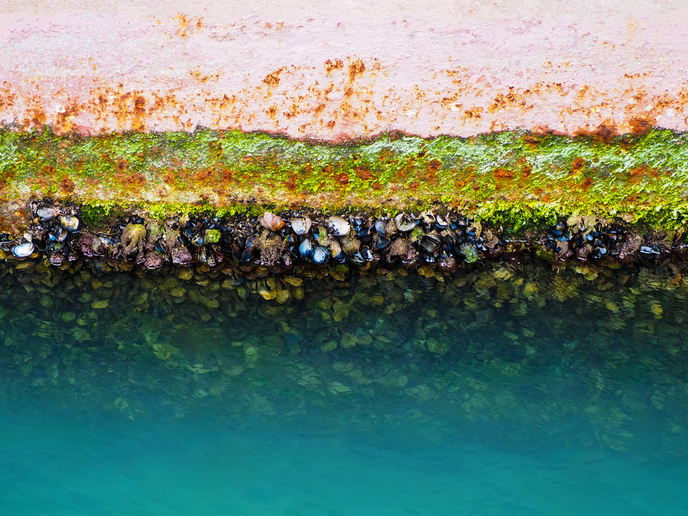Novel coatings to reflect the Sun's heat
Increasing carbon levels have been highly intertwined with rising temperatures in urban areas; however, carbon is not the only culprit. Human activities and building infrastructure are equally or more responsible for heat generation. Solar reflectivity refers to the amount of infrared (IR) radiation reflected from a surface; high levels of solar reflectivity translate to higher light reflectance values and better reflection of the Sun's heat. Researchers working on the EU-funded project SPIRCAM (Towards solution-processable near-IR and IR reflective coatings and mirrors for improved heat and light management) developed new coatings and photonic structures that offer better control over light and a significant reduction in the solar heat absorption that influences temperature changes in cities. Project members developed novel coatings and mirrors based on hybrid organic-inorganic structures that improved heat and light management. This is attributed to their excellent solar reflectance, high transparency in the ultraviolet and visible parts of spectrum, and tunable index of refraction. Hybrid materials consisted of a water-soluble polymer, PVP, and an inorganic transition metal oxide (ZnO). This structure can improve reflectance of light in plastic electronic devices or solar reflectance in commercial buildings. Researchers then employed a simple, yet novel approach for introducing photonic structures into the newly developed hybrid film. By leveraging micro-moulding techniques, they successfully imprinted photonic structures onto the surface of the hybrid film. These micro-patterned surfaces – with either a periodic or a random structure – proved to efficiently scatter and diffract light of various wavelengths. The features imprinted varied in size and shape, demonstrating the versatility of the process. Altering the surface structure of the hybrid makes it possible to tune the diffraction wavelength to meet the requirements of any optoelectronic device. In the end, researchers used commercial electrochromic polymers and ionic liquids to control the optical response in the photonic structures. Significant progress was also achieved in producing bilayer structures consisting of PVP-ZnO and electrochromic polymers to explore the optical response. SPIRCAM's newly developed hybrids pave the way towards the development of innovative coatings that reflect the Sun's heat.
Keywords
Coatings, light reflectance, urban heat island, SPIRCAM, heat and light management







